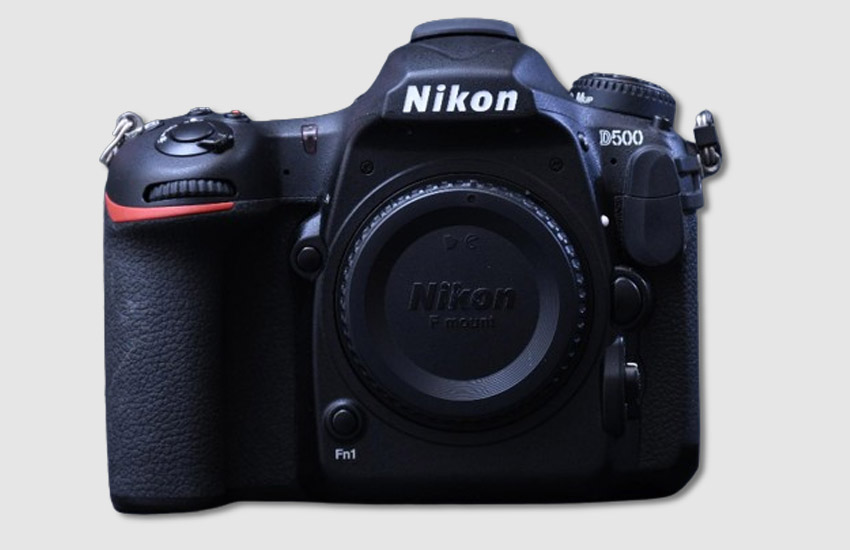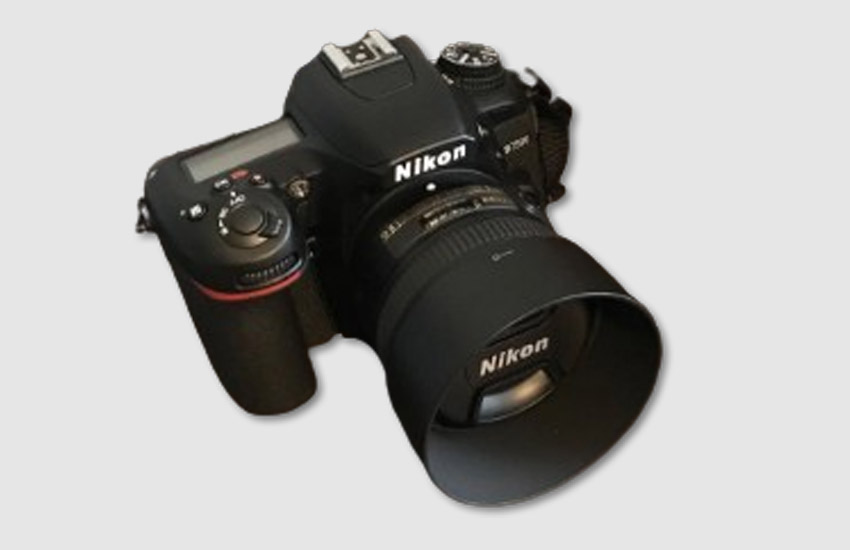The Nikon D7500 DSLR Camera is a midrange APS-C DSLR that borrows a lot from Nikon’s APS-C flagship D500, including its 20.9MP sensor, high-res metering sensor (used for subject recognition), and very likely its image processor. In many ways, it’s like a mini D500, which in and of itself is like a mini D5.
In this comprehensive review, we delve into the details of the Nikon D7500, exploring its performance, image quality, design, video capabilities, and more. Whether you’re a seasoned photographer or a beginner looking to upgrade your gear, this review will provide you with an in-depth understanding of what the Nikon D7500 has to offer.
Our Top Pick
Key Features
Sensor and Image Quality
The Nikon D7500 boasts a 20.9 MP DX-format CMOS sensor, a slight drop from the 24.2 MP sensor found in its predecessor, the D7200. However, this reduction in megapixels is intentional, aimed at improving light sensitivity and overall image quality. Paired with the EXPEED 5 image processor, the D7500 delivers stunning images with rich colors, excellent dynamic range, and low noise, even at higher ISO settings.
Autofocus and Shooting Speed
Autofocus performance is crucial for capturing sharp images, especially in dynamic situations. The D7500 features a 51-point AF system, which includes 15 cross-type sensors for improved accuracy. The Group Area AF mode, borrowed from the higher-end D500, enhances focus tracking, making it ideal for action and wildlife photography. The camera also supports continuous shooting at 8 frames per second (fps), allowing you to capture fast-moving subjects with ease.
ISO Sensitivity and Low-Light Performance
The D7500’s ISO range spans from 100 to 51,200, expandable to a whopping 1,640,000. This wide range enables the camera to perform exceptionally well in various lighting conditions. With the advanced noise reduction capabilities of the EXPEED 5 processor, you can expect clear and detailed images even at high ISO settings, making the D7500 a versatile choice for low-light photography.
Viewfinder and LCD Screen
The optical pentaprism viewfinder provides 100% coverage, ensuring that what you see is exactly what you capture. This viewfinder is complemented by a 3.2-inch tilting touchscreen LCD, which offers 922k-dot resolution. The tilting screen is particularly useful for shooting at awkward angles, and the touchscreen functionality enhances user interaction by allowing touch focus, touch shutter release, and easy navigation through the menu.
Build Quality and Ergonomics
Constructed with a carbon fiber body, the D7500 is both lightweight and durable. The camera is weather-sealed, offering protection against dust and moisture, which is essential for outdoor photography. The ergonomically designed grip ensures comfortable handling, while the intuitive control layout allows for easy access to frequently used settings. This thoughtful design makes the D7500 a pleasure to use in various shooting conditions.

Video Capabilities
For videographers, the D7500 supports 4K UHD video recording at 30 fps. Additional video features include a built-in microphone and headphone jacks for audio monitoring, making it suitable for professional video production. The camera’s ability to shoot high-quality video, combined with its excellent still photography performance, makes it a versatile tool for content creators.
Performance and User Experience
Image Processing and Customization
The EXPEED 5 image processor not only enhances image quality but also speeds up camera operations. The D7500 includes customizable settings like U1 and U2 modes, allowing you to save and quickly access your preferred shooting setups. This feature is particularly useful for photographers who frequently switch between different styles or environments.
Battery Life and Storage
The D7500’s battery life is impressive, capable of capturing up to 950 shots on a single charge when using the viewfinder. However, using Live View can drain the battery faster. The camera features a single SD card slot, which supports UHS-I cards for faster write speeds, ensuring you don’t miss any critical moments during continuous shooting.
Connectivity and Additional Features
Modern photographers need to share their work quickly, and the D7500 accommodates this with SnapBridge, Wi-Fi, and Bluetooth connectivity. SnapBridge allows seamless transfer of images to your smartphone for instant sharing on social media. The camera also supports remote control operation via a smartphone, adding convenience for self-portraits and group shots.
Practical Applications and Use Cases

Landscape Photography
Landscape photographers will appreciate the D7500’s dynamic range and customizable U2 mode. This mode can be set up specifically for landscape settings, ensuring consistent and high-quality results. The camera’s ability to capture fine details and vibrant colors makes it an excellent choice for breathtaking landscape shots.
Portrait Photography
Portrait photographers will benefit from the D7500’s excellent color rendition and skin tone reproduction. The camera’s focus modes, including the advanced Group Area AF, help achieve sharp and well-focused portraits. Additionally, the tilting screen aids in capturing creative angles, adding variety to portrait sessions.
Action and Wildlife Photography
The D7500’s fast autofocus system and high continuous shooting speed make it ideal for capturing action and wildlife. The Group Area AF mode is particularly useful for tracking moving subjects, ensuring they remain in focus. The camera’s durability and weather sealing also make it suitable for challenging outdoor environments.
Video Production
For those interested in video, the D7500’s 4K UHD capabilities and audio input options provide a solid foundation for high-quality video production. Whether you’re vlogging, creating short films, or recording events, the D7500 offers the tools needed for professional-grade video content.
Nikon D7500 DSLR Camera
A perfect blend of speed, robustness, and affordability, this camera is a powerhouse of features that delivers first-rate image quality.
Comparative Analysis
Nikon D7500 vs. Nikon D7200
While the D7200 is still a capable camera, the D7500 brings several improvements, including the EXPEED 5 processor, a wider ISO range, and 4K video recording. These enhancements make the D7500 a more versatile and future-proof option for photographers looking to upgrade.
Nikon D7500 vs. Competitors
Compared to other mid-range DSLRs like the Canon EOS 90D and Sony A6500, the D7500 holds its own with its robust feature set and excellent performance. Its blend of high image quality, fast autofocus, and user-friendly design makes it a strong contender in its class.
Conclusion
The Nikon D7500 DSLR is an outstanding stills camera and a refinement of an already excellent DSLR. It brings added speed and buffer depth to the enthusiast level and adds improved subject recognition. Despite the four-megapixel drop in resolution, which is unlikely to prove very significant in everyday shooting, the D7500 fills a significant gap in the range.
It offers a balance between high-end performance, versatile features, and an affordable price. It’s a great camera for enthusiasts looking for the perfect balance between power and value.
Frequently Asked Questions (FAQs)
What is the battery life of the Nikon D7500?
The battery can last up to 950 shots per charge when using the viewfinder.
How does the D7500 perform in low-light conditions?
The D7500 excels in low-light conditions, thanks to its wide ISO range and effective noise reduction.
Is the Nikon D7500 suitable for professional photography?
While it is aimed at enthusiasts and semi-professionals, its advanced features and excellent image quality make it suitable for professional use as well.
What are the main differences between the D7500 and the D500?
The D500 offers a more robust build, dual card slots, and slightly better autofocus performance, but the D7500 provides similar image quality and features at a more affordable price.
Can the Nikon D7500 be used for 4K video recording?
Yes, the D7500 supports 4K UHD video recording at 30 fps.





